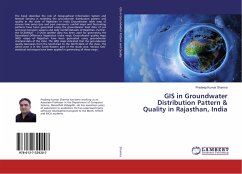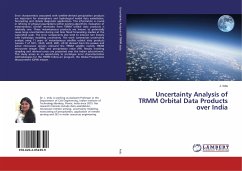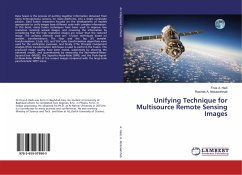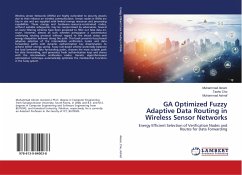
Electric Vehicle Charging locational suitability: MCDM and Fuzzy-Logic
A concrete approach, with a four-step method, to address the EVCS site-selection problem in an urban set-up
Versandkostenfrei!
Versandfertig in 6-10 Tagen
53,99 €
inkl. MwSt.

PAYBACK Punkte
27 °P sammeln!
Electric Vehicles (EV) palpably lie with both of ecological and long-term economic benefits. The array of rechargeable batteries inside an electric vehicle require electric power to be charged in a periodical manner. For the upcoming time being, it would be less-costlier to maintain, zero CO2 emission etc. The global inclination towards clean energy has also been nurturing the highest deployment of these vehicles. For the recharge-related issues, the basic solution is to meticulously put-up Electric Vehicle Charging Stations or EVCS. For an urban area, the pre-construction and site-selection p...
Electric Vehicles (EV) palpably lie with both of ecological and long-term economic benefits. The array of rechargeable batteries inside an electric vehicle require electric power to be charged in a periodical manner. For the upcoming time being, it would be less-costlier to maintain, zero CO2 emission etc. The global inclination towards clean energy has also been nurturing the highest deployment of these vehicles. For the recharge-related issues, the basic solution is to meticulously put-up Electric Vehicle Charging Stations or EVCS. For an urban area, the pre-construction and site-selection planning have to carefully be dealt with time to push the usage-limit of EVs. Hence, this work has cautiously employed a Remote Sensing and Geographic Information System (GIS)- dependent multi-criteria decision making (MCDM) approach to focus on the EVCS site-selection. For this MCDM process, Fuzzy logic-based procedures acted as the backbone for all methods, that are: Fuzzy Analytical Hierarchy Process(F-AHP), Weighted Overlay Tool, Fuzzy Logic Tool on MATLAB and Fuzzy-Technique for Order Preference by Similarity to Ideal Solutions(TOPSIS). Kolkata city, India has been taken as the study area.












